Flowers have captivated humans for centuries, bringing joy, fragrance, and beauty to our lives. Whether you’re a seasoned gardener, a flower enthusiast, or simply someone who appreciates the charm of nature, popular flowers like roses, lilies, begonias, and marigolds have a way of enhancing any space, from vibrant gardens to cozy interiors.
This blog will take you on an in-depth exploration of the types of flowers, their characteristics, and their unique uses. Whether you’re looking for vibrant blooms for your flower garden or versatile flowers for exquisite arrangements, you’ll find plenty of inspiration here.
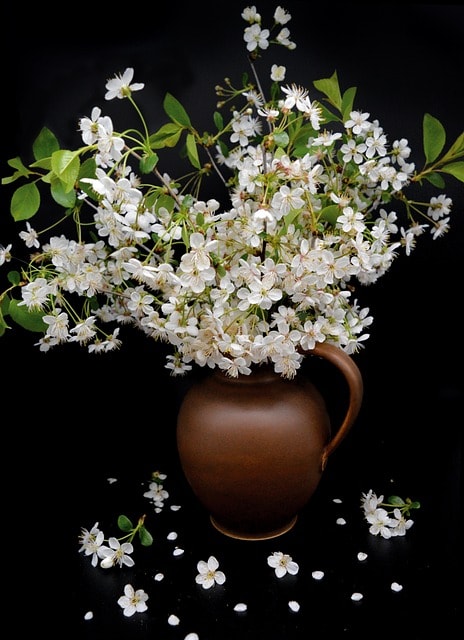
Understanding the Uses of Flowers
Flowers serve a multitude of purposes beyond their aesthetic appeal. From enhancing personal spaces to playing vital roles in cultural and social practices, their uses are diverse and significant.
Decorative Uses
Flowers are a staple in home and event decor, adding beauty and elegance to any setting. They are commonly used in floral arrangements, wedding bouquets, and as centerpieces for special occasions. Their vibrant colors and unique shapes, such as bell-shaped blooms and trumpet-shaped flowers, make them ideal for creating stunning visual displays.
Symbolic and Cultural Uses
Flowers hold symbolic meanings in various cultures and traditions. They are often used in ceremonies and rituals, representing love, peace, purity, or remembrance. For instance, roses are popular flowers in wedding bouquets, symbolizing love and new beginnings, while lilies are associated with purity and grace.
Medicinal and Therapeutic Uses
Certain flowers have therapeutic properties and are used in traditional medicine and aromatherapy. For example, lavender is known for its calming effects and is often used to reduce stress and promote relaxation. The sweet fragrance of jasmine and other fragrant flowers is used in essential oils and perfumes, offering both psychological and physical benefits.
Environmental and Ecological Uses
In gardens, flowers play a crucial role in supporting biodiversity by attracting pollinators like bees and butterflies. Flowering plants contribute to the health of ecosystems and are essential for the reproduction of many plant species. They also enhance the aesthetic appeal of gardens, providing vibrant blooms and cheerful flowers throughout the seasons.
Educational and Scientific Uses
Flowers are used in educational settings to teach botany, biology, and environmental science. They serve as practical examples of plant anatomy, reproduction, and growth cycles. Studying flowers helps students understand the intricate relationships between plants and their environments, fostering a deeper appreciation for nature.
Incorporating flowers into various aspects of life enriches our experiences and connects us to the natural world. Whether used for decoration, symbolism, or education, flowers continue to captivate and inspire us with their beauty and versatility.
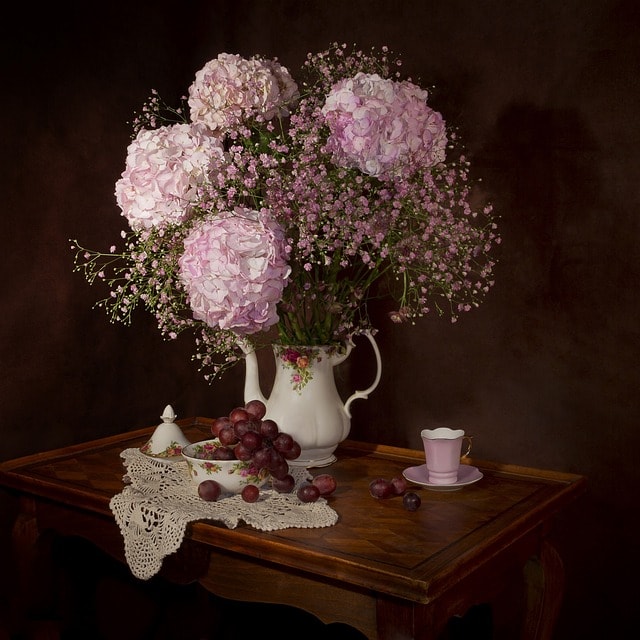
Types of Flowers by Life Cycle
Annuals
Annuals are flowers that complete their life cycle in just one season. From seed to bloom, they fill your garden with bright colors and cheerful blooms for a short but spectacular period. Many annuals bloom in early summer, adding vibrant colors to gardens during this season.
Examples: Petunias, sunflowers, and marigolds
Best for: Adding a pop of color to rock gardens or seasonal displays
Care Tip: Replant annually for continuous vivid colors!
Perennials
Perennial plants bloom year after year, bringing stability and beauty to your landscape. They include various types, namely shrub flowers, which add structure and beauty to gardens. They are a low-maintenance choice, perfect for creating a lasting flower garden.
Examples: Asters, peonies, daffodils
Best for: Ornamental gardens or indoor and outdoor gardens
Care Tip: Use mulch to protect their roots during early spring frosts.
Biennials
Unlike annuals and perennials, biennials bloom every two years, offering vibrant blooms and a unique touch to gardens over time.
Example: Kale
Best for: Rock gardens or mixed borders
Care Tip: Plant them alongside annuals to maintain consistency in garden color.
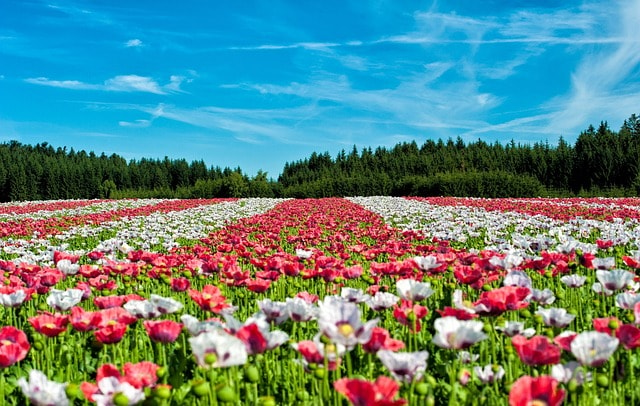
Flowering Plants
Characteristics of Flowering Plants
Flowering plants are admired for their vivid colors, sweet fragrance, and ability to boost pollination in your garden. Many flowering plants are also known for being fragrant flowers, adding delightful scents to gardens.
Bring life to both indoor and outdoor gardens.
Pair beautifully with ornamental foliage.
Types of Flowering Plants
Roses
Characteristics: Elegant flowers with feminine shapes and delicate petals.
Best for: Wedding flower arrangements and romantic gardens.
Roses are a popular choice for wedding bouquets due to their elegance and symbolism.
Sunflowers
Characteristics: Tall cheerful flowers with vibrant yellow hues.
Best for: Creating a sunny landscape or bright bouquets.
Lilies
Characteristics: Part of the lily family, known for trumpet-shaped flowers and a sweet fragrance. The calla lily, with its unique trumpet-shaped blooms, is another elegant flower often used in floral arrangements.
Best for: Exquisite floral arrangements or focal points in gardens.
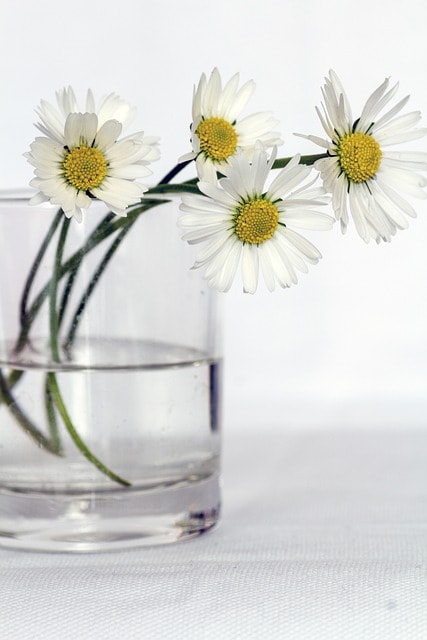
Types of Flowers by Shape
Bell-Shaped Blooms
Bell-shaped flowers, like lily of the valley and bluebells, are dainty, graceful flowers often tied to themes of purity.
Uses: Create elegant flower arrangements or add a touch of class to wedding décor.
Cone-Shaped Flowers
Known for their resilience, coneflowers and black-eyed Susans have a striking silhouette.
Uses: Enhance rock gardens or northern hemisphere native displays.
Star-Shaped Flowers
Flowers like gerbera daisies and anemones are starry flowers that symbolize hope.
Uses: Perfect for whimsical bouquets with vivid colors. The gerbera daisy, known for its vibrant colors and star-shaped blooms, is a popular choice for cheerful bouquets.
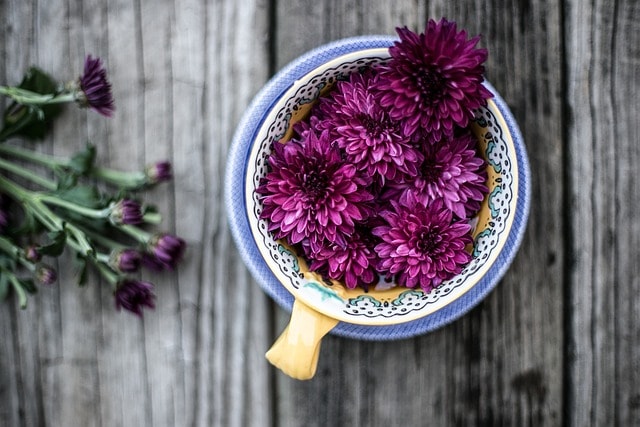
Types of Flowers by Color
Purple Flowers
Purple blooms like lavender, wisteria, and lilac radiate royalty and sophistication.
Best for: Adding majesty to cut flower arrangements or ornamental flowers.
Blue flowers, such as forget-me-nots and cornflowers, add a unique and rare beauty to gardens.
Yellow Flowers
Sunflowers, daffodils, and daisies radiate with bright colors and optimism.
Best for: Birthdays or summer celebrations.
White Flowers
White flowers are often associated with purity, innocence, and elegance. They are a versatile choice for various occasions, from weddings to peaceful garden corners. Their delicate petals and subtle beauty make them a favorite for creating stunning floral arrangements.
Popular White Flowers
Roses
White roses symbolize new beginnings and eternal love, making them a popular choice for wedding bouquets and romantic events. Their elegant flower shape adds a timeless charm to any arrangement.
Lilies
The calla lily, with its graceful trumpet-shaped blooms, is renowned for its sophisticated appearance. Often used in floral arrangements, these lilies bring a sense of refinement and grace to any setting.
Daisy Flowers
White daisies are cheerful flowers that brighten any garden or bouquet. Their simple yet charming appearance makes them a beloved choice for casual and formal occasions alike.
Uses of White Flowers
White flowers are ideal for creating serene and peaceful environments. They pair beautifully with vibrant colors for a balanced floral display or can be used alone for a classic, monochrome look. Whether in indoor and outdoor gardens or as cut flowers in a vase, white flowers offer a long vase life when properly cared for, adding a touch of elegance to any space.
Incorporate white flowers into your garden or home to enjoy their timeless beauty and the serene atmosphere they create.
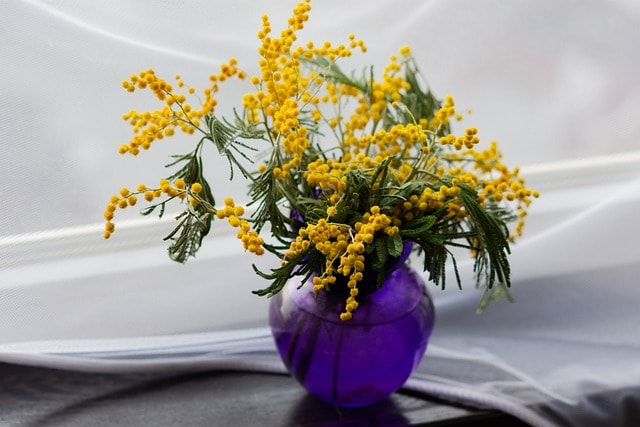
Vase Life of Flowers
Long-Lasting Flowers
Some species, like roses and carnations, offer a commendable long vase life, perfect for indoor decorating.
Tip: Trim stems and change water daily to keep blooms fresh longer.
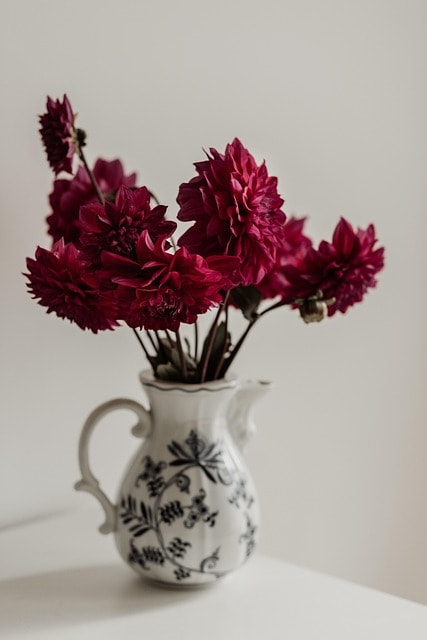
Unique and Exotic Flowers
Tropical and Subtropical Regions
Hibiscus
Native to South America and tropical regions, hibiscus boasts showy cup-shaped flowers.
Best for: Exotic gardens or summer bouquets with bold vibrant colors.
Bird of Paradise
Nicknamed the ""queen of tropical flowers.""
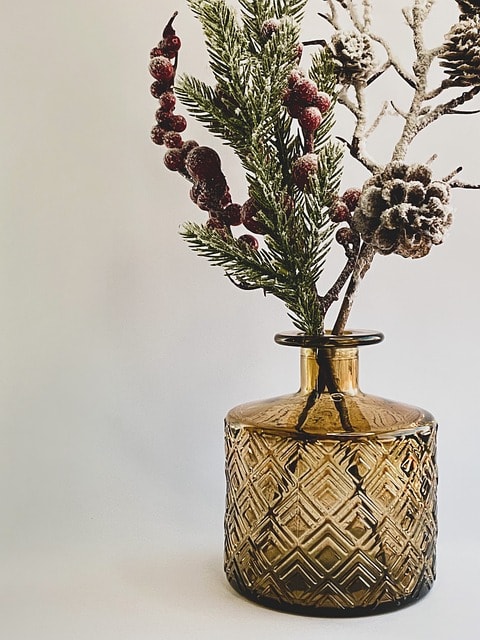
Flowers for Specific Occasions
Wedding Flowers
Examples: Roses, peonies, calla lilies
Best for: Creating the perfect flower arrangement for weddings.
Birthdays
Examples: African daisies and bright gerbera daisies
Best for: Cheerful flowers to brighten any celebration.
Flowers for Specific Gardens
Desert Gardens
Desert flowers like cacti and succulents thrive in harsh conditions.
Best for: Low-maintenance landscapes with ornamental foliage.
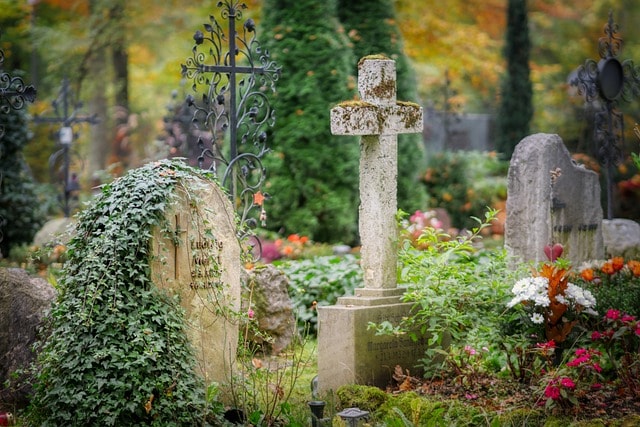
Fort Snelling Cemetery Flowers | Stunning Floral Arrangements For Your Loved Ones
Fort Snelling National Cemetery holds significant meaning for families honoring their loved ones who served in the armed forces. Selecting appropriate flowers to place at the gravesites is a thoughtful way to show respect and remembrance. Traditional arrangements such as roses, carnations, and lilies are often chosen for their timeless symbolism of love, peace, and honor.
Seasonal blooms are another popular choice, allowing families to pay tribute while also reflecting the natural beauty of the changing seasons. It is important to ensure arrangements comply with the cemetery's flower policies, including guidelines regarding live versus artificial flowers, seasonal restrictions, and the removal schedule. By carefully selecting flowers and understanding the cemetery's regulations, visitors can create meaningful tributes that honor their loved ones with dignity and care.
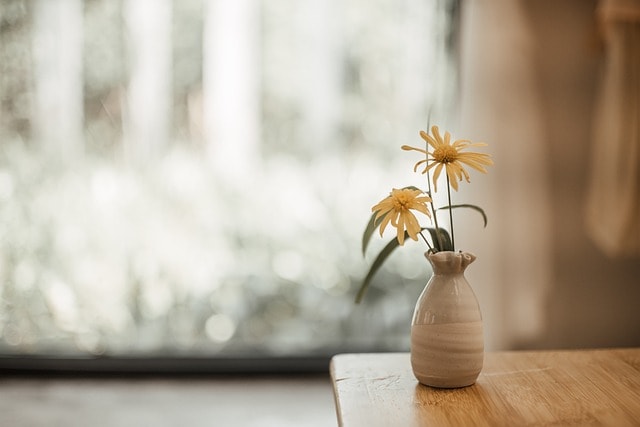
Elevate Your Life with Flowers
With so many types of beautiful flowers, the possibilities for creating a diverse and enchanting flower garden are endless. Begin by analyzing your garden's needs—whether it’s cheerful blooms, ornamental flowers, or exotic flair from tropical regions.
Take Action
Start planning your dream garden today and explore how your creativity can infuse life and color into your surroundings. Whether you're experimenting with tropical flowers, cultivating perennial plants, or showcasing bright flowers, flowers offer the perfect way to express your passion for beauty and nature.
Floral Resources
Enhance your knowledge and skills with these valuable floral resources:
-
National Gardening Association - Comprehensive guides and inspiration for gardeners of all levels.
-
Royal Horticultural Society - Expert advice on planting and maintaining flower gardens.
-
Better Homes & Gardens - Creative ideas for using flowers in landscaping and home decor.
-
Gardeners' World - Planting tips, troubleshooting, and seasonal gardening advice.
-
Missouri Botanical Garden Plant Finder - A detailed database to help you choose the best flowers for your garden.
-
American Horticultural Society - Resources and educational programs for gardeners of all experience levels.
-
Plant Care Today - Practical guides on flower care, pest control, and gardening tips.
-
Fine Gardening - Expert advice, inspiring ideas, and detailed guides to improve your gardening skills.
-
Dave's Garden - A thriving community and extensive plant database for gardening enthusiasts.
-
Flower Council of Holland - Inspiration and trends for incorporating flowers into your lifestyle.
Explore these resources to get inspired, solve common gardening issues, and ensure the success of your flower garden projects.

